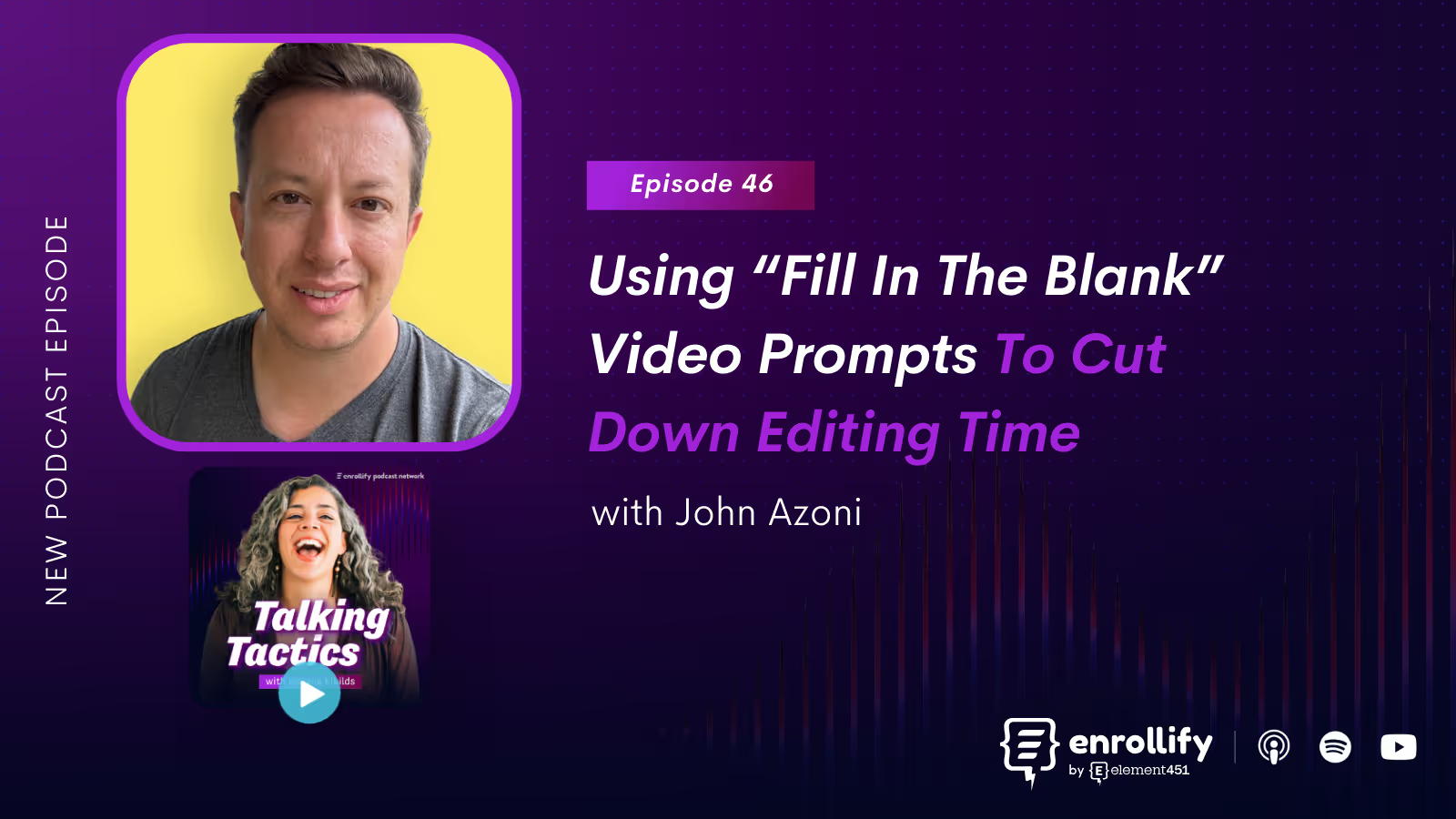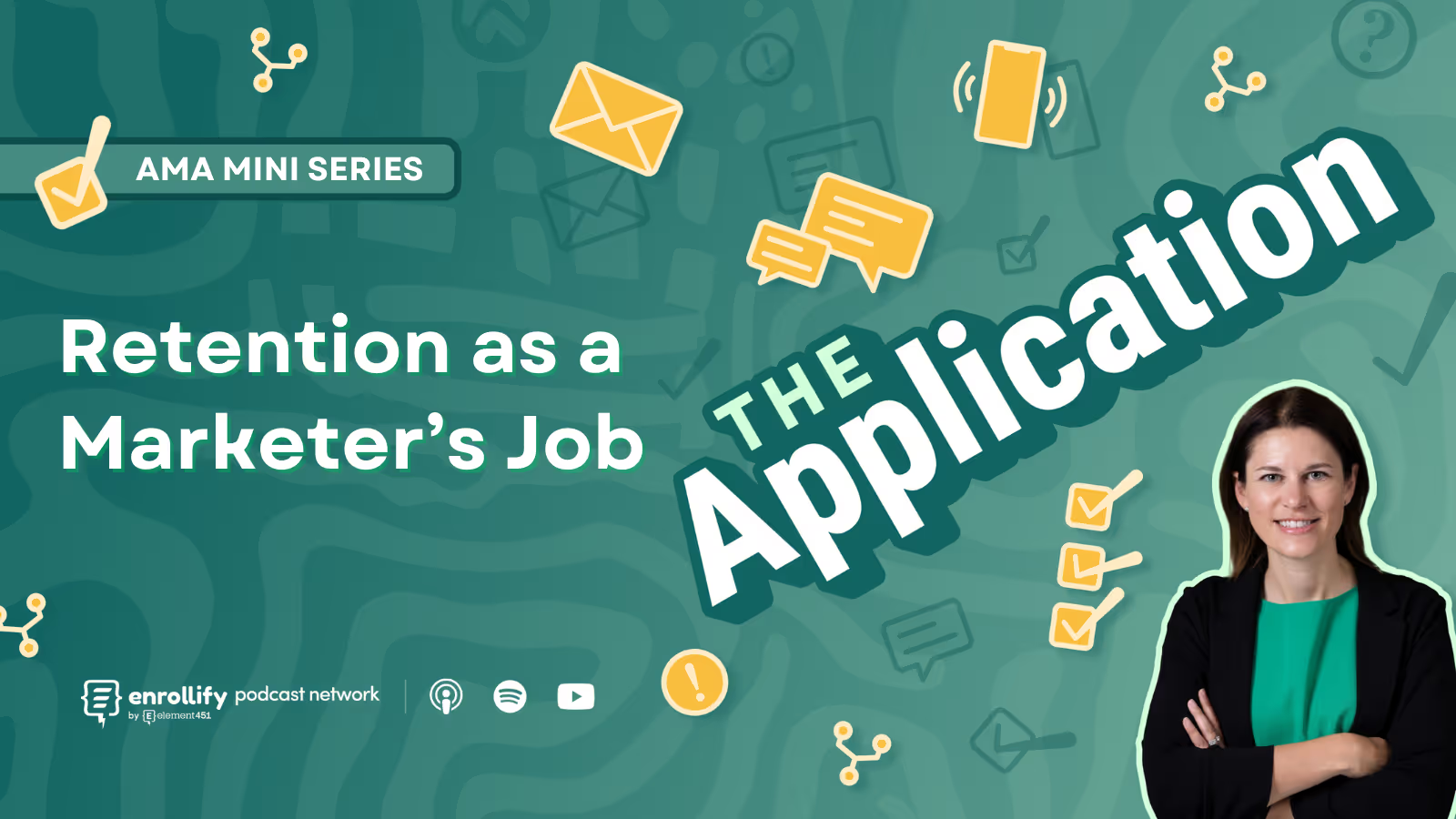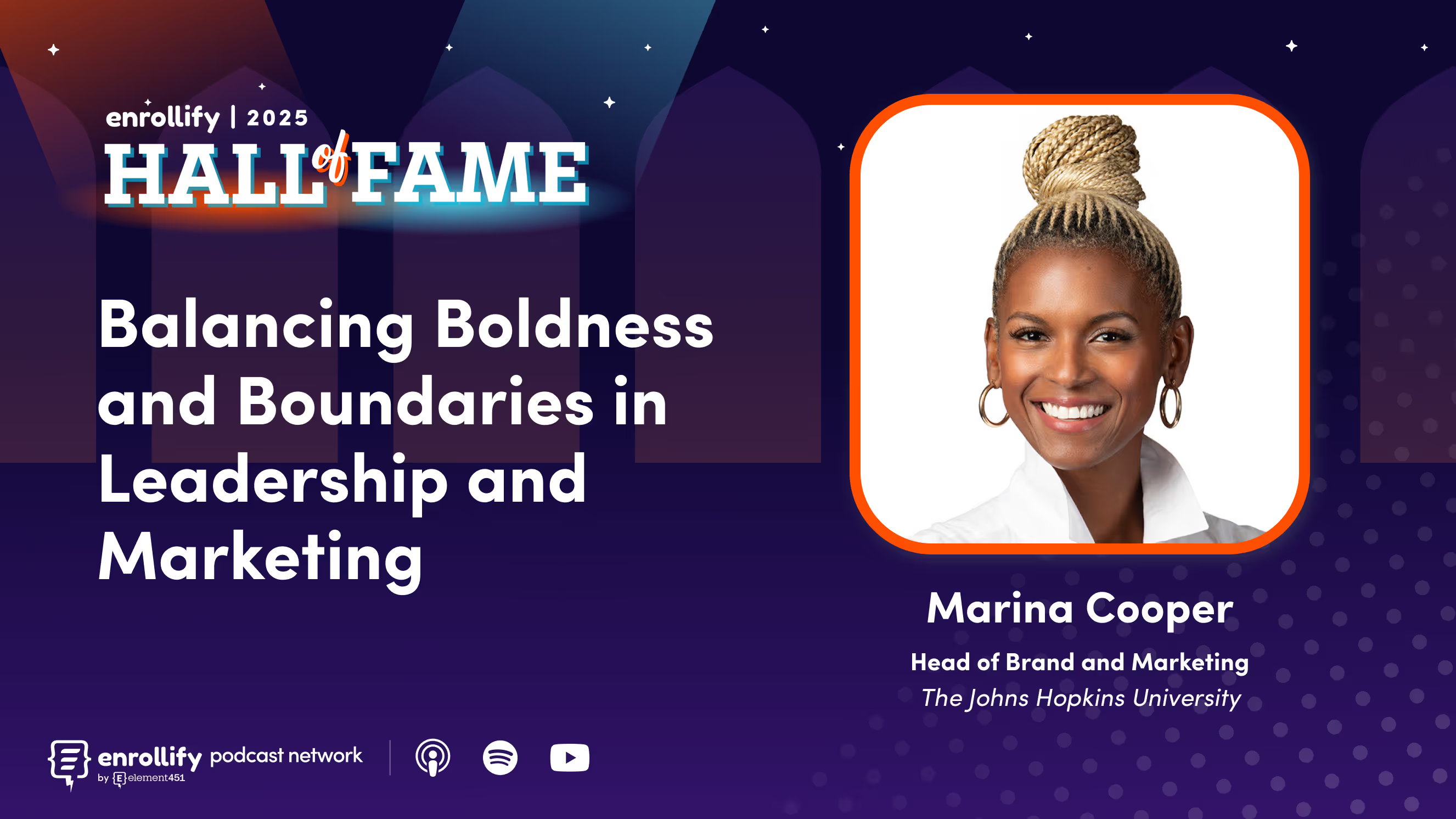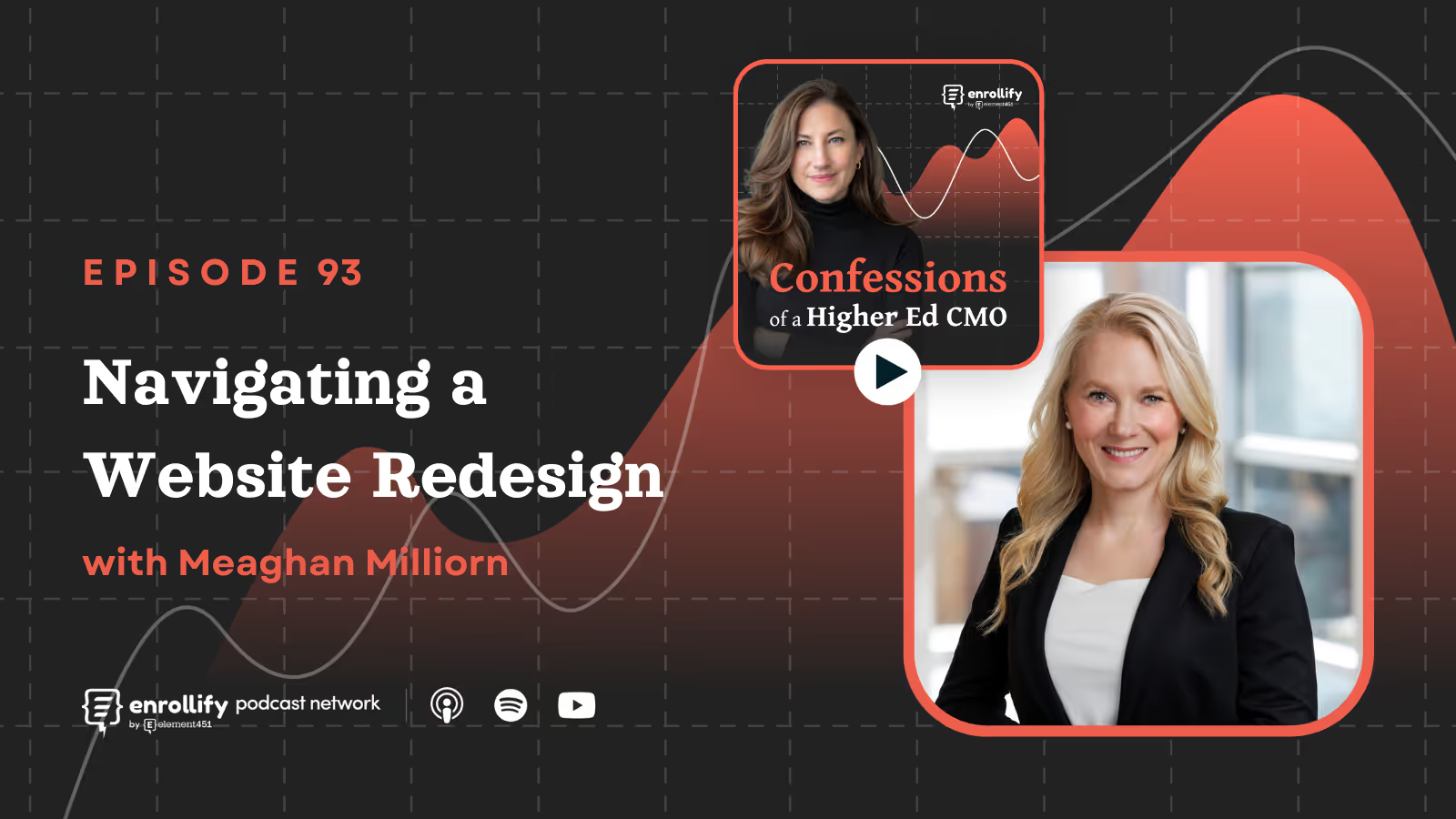About the Episode
Got a story to tell? An innovative idea to share? Fill out our guest nomination form and let's chat!
About the Episode:
In this episode of Talking Tactics, John Azoni, owner and executive producer at UNVEILD, unpacks how to capture impactful video testimonials while saving on cost. John reveals his go-to tactic: using “fill-in-the-blank” questions to draw out strong, structured responses that deliver memorable intros and outros. This simple tactic can cut editing time by up to 10% while guaranteeing your videos start and end with impact. From thinking like an editor to using AI to craft better questions, this episode is packed with actionable tips for creating standout video content.
Watch John’s “fill-in-the-blank” questions in action:
- Outro: “If it weren’t for Baker____” https://www.youtube.com/watch?v=OaeWelrhlnA
- Outro: “Cleary has changed the way I ____” https://www.youtube.com/watch?v=8W9MfPuzAFg
- Intro: “Golf is ______” https://www.youtube.com/watch?v=BQJsbmtbu54
Key Takeaways
- Fill-in-the-blank questions help control responses – They guide interviewees toward concise, specific answers, eliminating vague or rambling responses.
- This method saves significant editing time – Structured responses reduce the need for heavy post-production cuts and make the editing process more efficient.
- It works for student testimonials and hype videos – Whether telling a compelling student story or creating high-energy athletics content, fill-in-the-blank questions ensure you capture the right messaging.
- AI can help brainstorm effective prompts – Tools like ChatGPT can assist in generating strong fill-in-the-blank questions tailored to different video styles.
- Setting expectations is key – Coaching interviewees upfront about what kind of answers you’re looking for makes a huge difference in quality and efficiency.
How Fill-in-the-Blank Questions Make Video Content Stronger
When it comes to student testimonials, generic responses won’t cut it. Too often, videos feature vague statements like, "I’m so grateful for the opportunities Blank University gave me." But what were those opportunities? How did they impact the student’s life? That’s where fill-in-the-blank questions come in.
John Azoni explains that by structuring interview questions with a predetermined opening, you ensure interviewees respond in complete, meaningful sentences. For example, rather than asking, “What do you like about Cleary University?”, you could say, “Cleary has changed the way I ____.” This approach gives you a usable response right out of the gate, reducing the need for excessive editing.
In addition to making content clearer, this technique also creates natural hooks and conclusions for videos. A well-structured beginning and ending ensure a smooth and professional final product. Whether you're producing high-end promotional videos or casual Instagram stories, this small tweak can make a major difference.
Thinking Like an Editor: How to Reduce Editing Time
A common challenge in video production is sifting through long-winded answers to find the perfect soundbite. Without clear structure, interviews can be filled with rambling, requiring multiple cuts and extensive B-roll to smooth things out. That’s why John emphasizes thinking like an editor during the filming process.
Fill-in-the-blank questions act as a safety net. They ensure that no matter how conversational an interview gets, there will always be strong, structured responses to anchor the final edit. For editors—especially those who weren’t involved in the interview process—this technique makes it much easier to find the right clips quickly.
For Cleary University’s athletics hype videos, this approach shaved off nearly an hour of editing per video—a 10% reduction in production time. In a fast-paced content environment, that kind of efficiency is game-changing.
Using AI to Improve Your Video Interview Strategy
If you’re new to crafting fill-in-the-blank questions, AI can be a powerful brainstorming tool. John shares how he used ChatGPT to generate a list of potential questions for Cleary University’s athletics videos, ensuring they captured the high-energy, ESPN-style soundbites they needed.
Some of the AI-assisted prompts included:
- Winning games comes down to ____.
- On this team, you can’t be afraid to ____.
- Cleary has given me ____.
AI won’t replace human creativity, but it can provide a solid starting point. Once you have a few strong prompts, you can refine them to fit your specific messaging and style.
Getting Started: How to Implement Fill-in-the-Blank Questions in Your Own Videos
You don’t need a full production crew to use this technique. Even if you’re just shooting quick campus videos on your phone, fill-in-the-blank questions can elevate your content.
Here’s how to get started:
- Identify the key message you want to capture. What statements would best showcase your school, program, or team?
- Create 4-5 fill-in-the-blank questions. Make sure they encourage specific, authentic responses.
- Coach your interviewees. Let them know they should repeat the full statement before answering (e.g., “Cleary has changed the way I think about school because…”).
- Keep the interview conversational. Use these structured questions as a foundation, but also allow space for free-flowing responses.
This small shift in approach can lead to cleaner, more engaging videos—while cutting down on the frustration of editing.
Attend the 2025 Engage Summit!
The Engage Summit is the premier conference for forward-thinking leaders and practitioners dedicated to exploring the transformative power of AI in education.
Explore the strategies and tools to step into the next generation of student engagement, supercharged by AI. You'll leave ready to deliver the most personalized digital engagement experience every step of the way.
👉🏻 Register now to secure your spot in Charlotte, NC, on June 24-25, 2025!















